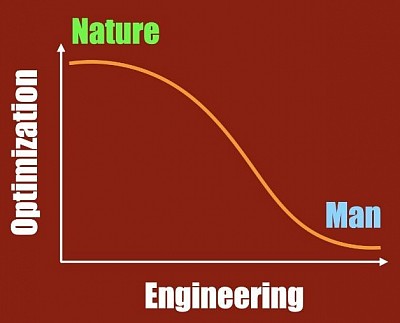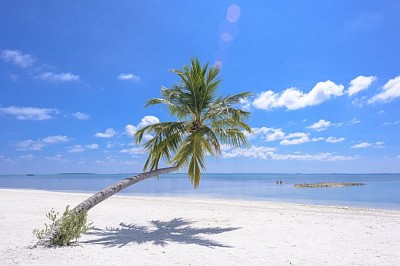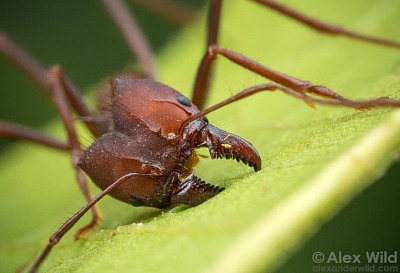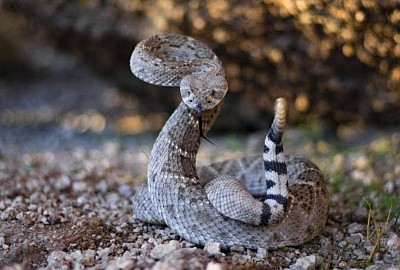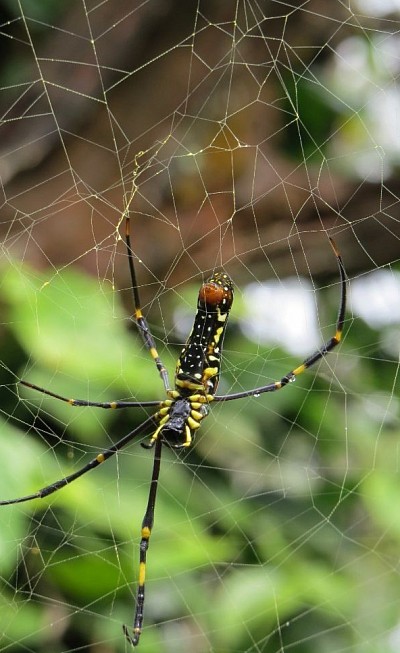Mechanical and Structural Design Consulting
While being one with a lasting passion for design optimization, I'm heavily motivated by nature's creations. Why nature? Because she is the god of design, creating wonders that not only bear clear marks of engineering, but also seem infinitely optimized across scales of geometry, size and function. As the graphic here says, while nature is most often doing optimization and less of engineering, it's the other way around with man.
B. V. Vijay

